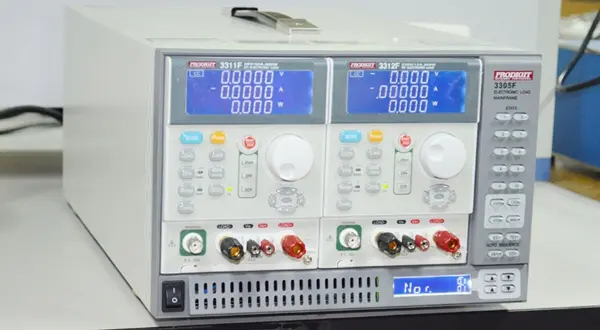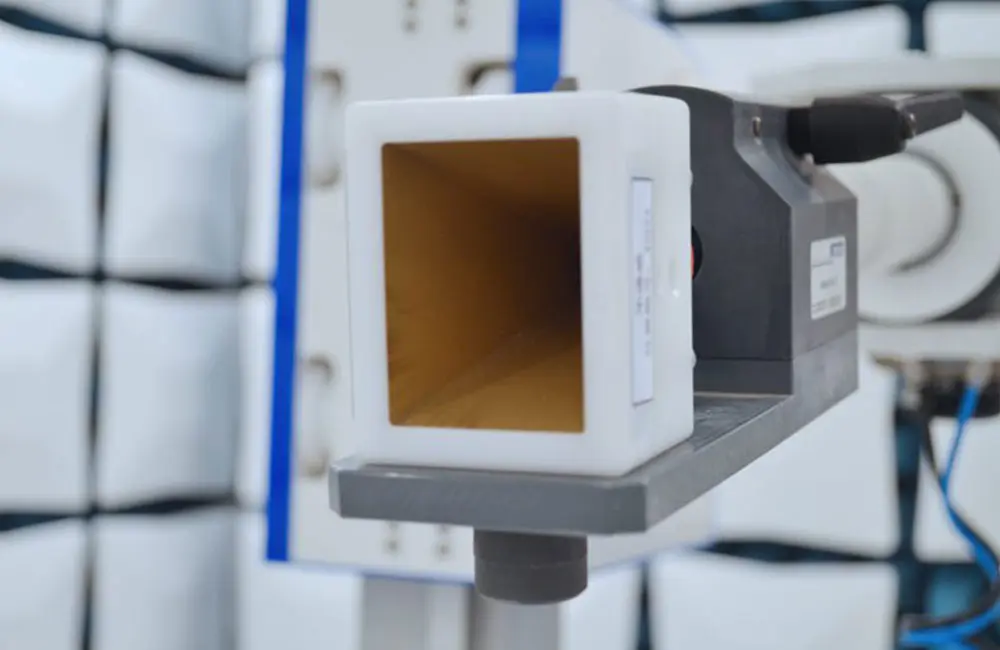
How to Obtain FCC Certification
What is FCC Certification?
FCC certification, also known as Federal Communications Commission certification, is an important means of regULating the electromagnetic compatibility of radio and communication products in the United States. The purpose of FCC certification is to ensure that products do not interfere with radio and telecommunication networks while protecting consumer safety and health.

What Types of fcc certificates Are There?
FCC certification mainly involves two types: fcc sdoc and fcc id. FCC sdoc certification is applicable to general electronic products without wireless transmission functions, such as televisions and speakers. In contrast, FCC ID certification is specifically for wireless communication devices such as mobile phones, tablets, Bluetooth devices, and drones.

What are the fcc testing Items?
When undergoing FCC certification, products must meet electromagnetic compatibility standards, including both emission and reception aspects. Emission testing measures the electromagnetic wave intensity emitted by the product to ensure it does not interfere with other radio devices. Reception testing assesses the product's resistance to external electromagnetic waves, ensuring it can function normally in complex environments.
1. Conducted Testing
Conducted testing is one of the most basic tests in FCC certification, primarily assessing the electromagnetic interference generated by the product during conduction. This test simulates the possible electromagnetic interference produced in actual usage environments to evaluate whether these interferences meet fcc standards.

2. Radiated Testing
Radiated testing is another important FCC certification test that assesses the electromagnetic radiation performance of the product. This test involves scanning the product within a certain range to detect whether it emits electromagnetic radiation exceeding FCC limits.
3. Harmonic Testing
Harmonic testing evaluates the ability of electronic devices to produce harmonic currents. Harmonic currents are an unwanted source of electromagnetic interference that can negatively impact the power grid and other devices. Therefore, in FCC certification, the harmonic currents of the product must be tested.
4. electrostatic discharge testing
Electrostatic discharge testing evaluates the performance of the product under the influence of static electricity. Static electricity is a common phenomenon in daily life, and if electronic products do not take appropriate protective measures, they may malfunction or degrade in performance due to static electricity. Thus, electrostatic discharge testing is an essential part of FCC certification.
5. RF Radiated Immunity Testing
RF radiated immunity testing assesses the product's performance under radio frequency radiation interference, which may come from wireless communication devices, radars, and other RF sources. This test simulates interference scenarios in actual environments to evaluate whether the product can operate normally.
What Materials Are Needed to Apply for FCC ID Certification for Wireless Products?
1. FRN (FCC Registration Number): The company registration number, a 10-digit reference code issued by FCC CORES when applying for FCC certification.
2. Grantee Code (GC Authorization Code): For first-time FCC ID applicants, a Grantee Code is applied for after obtaining the FRN number (fee required), and it only needs to be applied for once.
3. fcc id number (Product ID Number): The product ID number, the first three digits are the Grantee Code, followed by the applicant's self-assigned code (up to 14 digits), usually using the product model as the code.
4. FCC Label: Indicates the size and position on the product. The FCC label must include the FCC ID number and the FCC warning. If the label is small, only the FCC ID number needs to be included, but the FCC warning must be in the user manual. Other information such as the manufacturer, product name, and model can be included at the applicant's discretion.
5. Product Description: A brief description of the product's functions, uses, and signal flow.
6. Circuit Block Diagram: Clearly mark the crystal oscillator frequency in the circuit.
7. Circuit Diagram: Ensure clarity.
8. Product Manual or User Guide.
9. Company Blank Letterhead.
10. Authorization Letter.
11. Confidentiality Letter (if confidentiality is required).
FCC Certification Application Process in the United States
1. Provide materials and get a quote.
2. Sign a contract, provide materials, send samples, and make payment.
3. For wireless products, apply for an FRN. If the applicant is applying for FCC-ID for the first time, apply for a Grantee Code.
4. The laboratory arranges testing. If the test fails, make corrections.
5. After passing, the case is closed, and the FCC certificate and test report are issued. The company can then use the FCC ID mark on their product.
Basic Information on FCC Certification in the United States
1. FCC certificates are valid indefinitely.
2. FCC certification is mandatory.
3. The first-time application for wireless products requires a GC Code.
4. Both FCC SDoC and FCC ID certification require a US authorized representative.
In summary, FCC certification is a crucial means of regulating the electromagnetic compatibility of radio and communication products in the United States, ensuring consumer safety and health. For companies, obtaining FCC certification means having stronger competitiveness in the market. Therefore, for companies intending to enter the US market, understanding and complying with FCC certification standards is essential.
Email:hello@jjrlab.com
Write your message here and send it to us
 What Are the Testing Items of California Propositi
What Are the Testing Items of California Propositi
 E-Cigarette EU TPD Testing
E-Cigarette EU TPD Testing
 Testing Certification for E-cigarettes Exported to
Testing Certification for E-cigarettes Exported to
 What is Amazon US CPC Certification?
What is Amazon US CPC Certification?
 UK Toy Safety Regulation Standard EN 71-13
UK Toy Safety Regulation Standard EN 71-13
 What is EU UFI Registration?
What is EU UFI Registration?
 EU UFI Registration for E-cigarette E-liquid
EU UFI Registration for E-cigarette E-liquid
 How to get the MSDS Report for Electronic Cigarett
How to get the MSDS Report for Electronic Cigarett
Leave us a message
24-hour online customer service at any time to respond, so that you worry!




